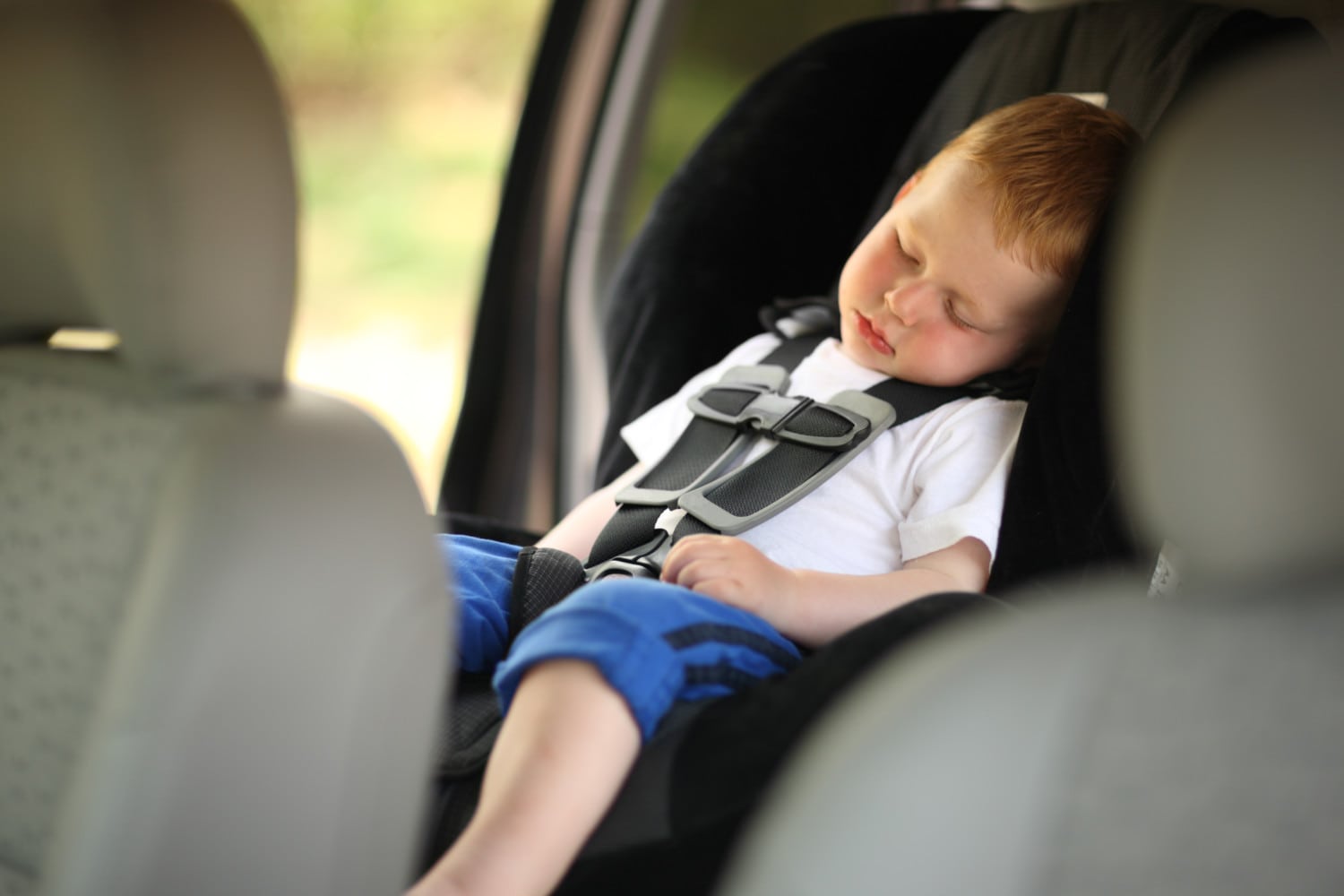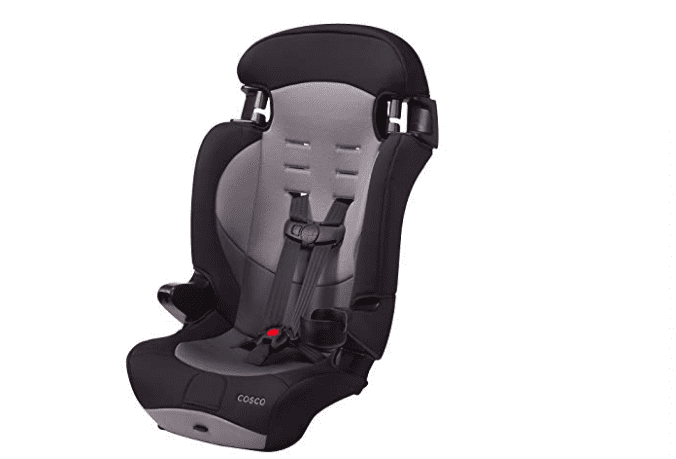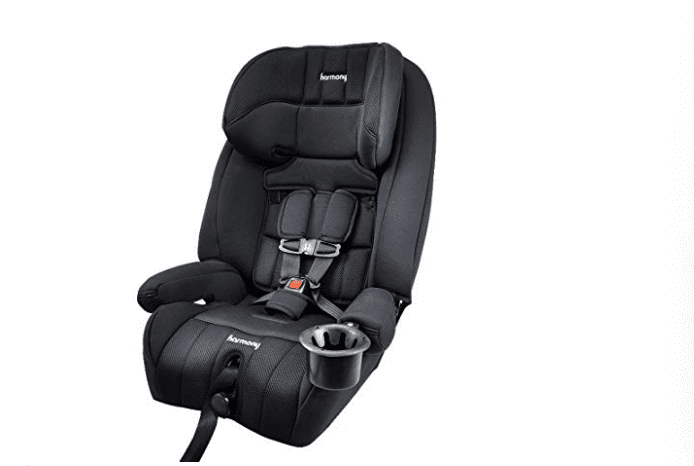These 4 car seat models broke during recent safety testing
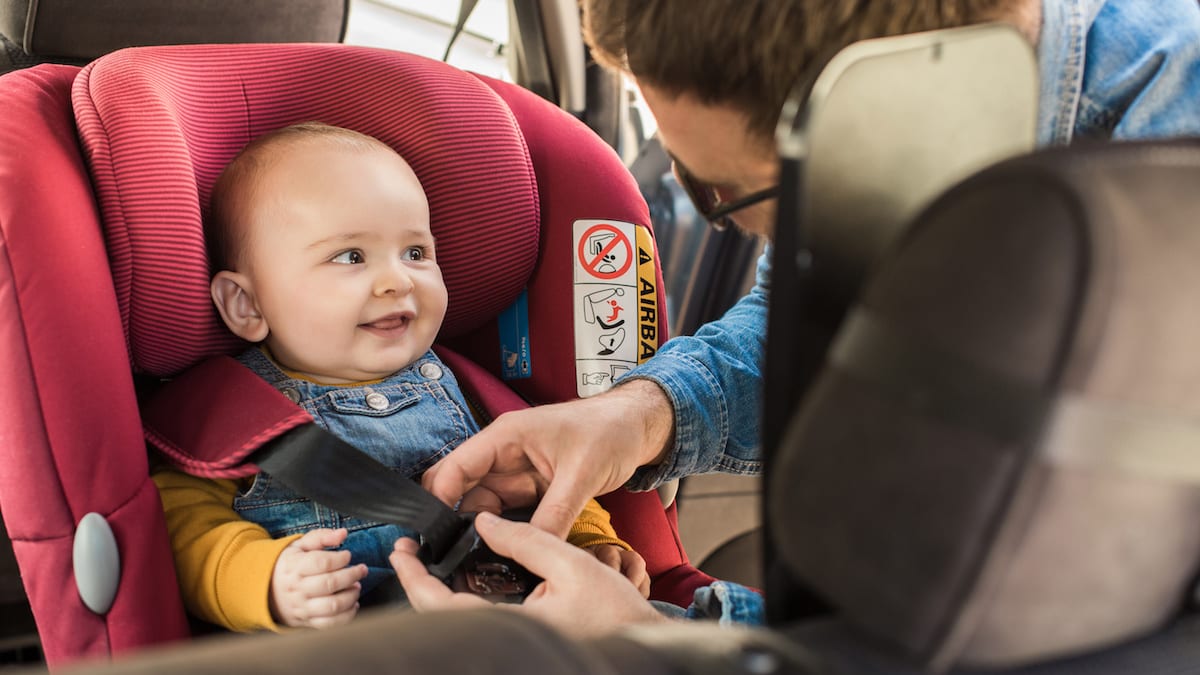
This news is something no parent wants to hear. A new car seat safety test by Consumer Reports raised concerns when four car seats broke during the evaluation. The models that had issues were the Britax Frontier ClickTight, Britax Pioneer, Cosco Finale and Harmony Defender 360.
The car seat testing included Consumer Reports’ own method for examining various models, which the organization noted was designed to go one step further than the required federal safety standards.
They tested several car seats, including infant, convertible, all-in-ones and boosters. The car seats were rated on a scale of “basic,” “better” and “best.” The four car seats that had parts break during testing each scored a “basic” in terms of their ability to protect a child in a crash.
Perhaps the most notable finding was that “the load-bearing components at the rear of the seats broke when tested with dummies whose weight was near the seat’s limits for its harness system,” Consumer Reports said, noting that dummies used during the evaluation were meant to simulate an average 6-year-old child, as well as a heavier 6-year-old or 10-year-old child.
Put simply, this means that in a crash similar to the ones simulated during testing, a structural failure of this magnitude could cause serious injuries to children using the seats. Consumer Reports noted, however, that there have been no reported injuries related to the structural failures discovered during the tests.
A Closer Look At The Test
Using the standardized crash test, the testing revealed that all of the car seats saw damage to the harness systems, and, in one case, the part that supports the top tether — the feature that anchors the seat to the car — was damaged as well. Here’s a breakdown of the seats that were tested and the results:
Britax Frontier ClickTight and Britax Pioneer
The Britax Frontier ClickTight and Britax Pioneer both saw a break in the harness support hardware during testing. Consumer Reports stated that in the case of the Britax Frontier ClickTight, “the structural damage was severe enough that the harness ‘pulled through’ the seat completely, allowing the harness to loosen in one test conducted with a 78-pound dummy, which simulates an average 10-year-old child.”
In four different tests for the Britax Pioneer, parts that support the headrest and harness broke. However, unlike the Britax Frontier ClickTight, the harness did not pull through.
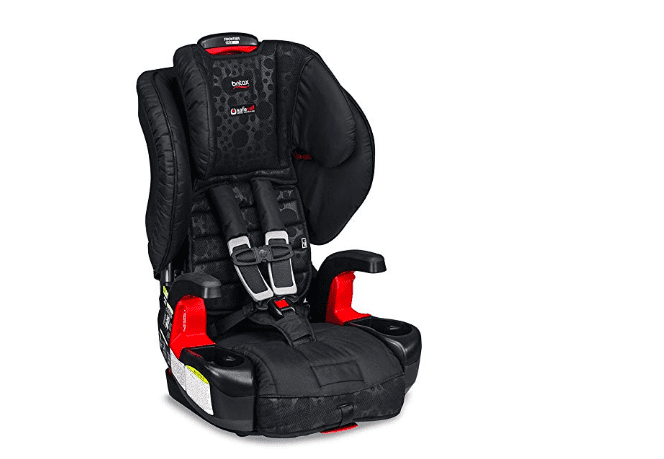
On the other hand, neither seat showed any structural issues when tested with a 35-pound dummy meant to simulate the average 3-year-old child. It should be noted that the maximum weight limit for the harness in the Britax Frontier ClickTight is 90 pounds and 70 pounds for the Pioneer.
The company released a statement to Consumer Reports, noting, “The Britax Harness-2-Boosters tested by Consumer Reports are safe when used as intended and in accordance with the instructions and warnings contained in the user guides.” Britax added that the company would “continue to stay engaged with Consumer Reports to benefit from their perspective.”
Cosco Finale
The structure that anchors the Cosco Finale seat’s top tether broke during the tests, which allowed the tether to extend and, therefore, the dummy to move farther forward than what is considered safe. The break also resulted in sharp pieces of plastic that could come into contact with the child. Like the Britax testing, the breakage occurred with both the 52-pound and 62-pound dummies.
As for the dummy meant to simulate the average 3-year-old child, the Cosco Finale showed “signs of stress in the top tether area” during testing. The maximum weight limit for using the harness with this particular Cosco model is 65 pounds.
“The Dorel Cosco Finale combination child restraint has performed well with respect to all NHTSA [National Highway Traffic Safety Administration] crash performance requirements and in real-world use,” Dorel Juvenile, the parent company for Cosco, said in a statement about the findings. “There are over 350,000 Finales in use and there have been no injuries reported.”
The company did say, however, that it considers the Consumer Reports testing important and “is currently evaluating the findings.”
Harmony Defender 360
The Harmony Defender 360 saw breaks to the support hardware at the rear of the seat’s shell in the child’s shoulder area during testing. Like the Britax Frontier ClickTight, this break allowed the harness to loosen enough that the child-sized dummy moved farther forward than what is considered safe.
These results occurred in one of two tests with a 52-pound dummy meant to simulate an average 6-year-old child and in both tests with a 62-pound dummy meant to simulate a heavier 6-year-old child. When tested with a 35-pound dummy simulating meant to stand in for an average 3-year-old child, no structural issues occurred. The Harmony Defender 360’s maximum weight limit is 65 pounds.
In a statement to Consumer Reports, Harmony said the seat meets all current U.S. federal standards. The company also noted that Consumer Report’s testing “did not take into account practical matters such as how the car seat fits or installs into vehicles, which affects overall safety greatly.”
However, Harmony added that it “appreciates all comments from customers as well as independent bodies such as Consumer Reports.”
What You Need To Do
According to Consumer Reports, if you have one of the car seats listed, you should stay put for now — unless you already have a backup car seat on hand.
“Any car seat is better than no car seat, and these seats all provide a basic margin of safety,” the organization said in the report.
Consumer Reports’ recommendation is to use the seat’s harness if your child weighs 40 pounds or less, and use the seat’s booster mode — with the vehicle belt — if they weigh 40 pounds or more. In some cases, purchasing a new, forward-facing harnessed car seat might be necessary.
It’s also important to keep in mind the differences between Consumer Reports’ testing and federal standards. According to Consumer Reports, the organization’s testing better represents current vehicles and highlights car seats “that provide a greater margin of safety by subjecting them to a more challenging test.” Federal testing standards can be found on the NHTSA’s website.


